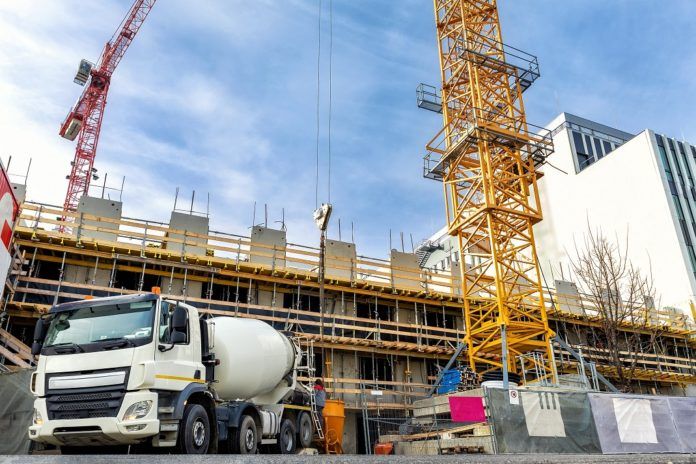Demand for construction products have fallen from spring and summer peaks, most notably with a softening in residential DIY and repair, maintenance and improvement projects, according to John Newcomb and Peter Caplehorn, co-chairs of the Construction Leadership Council’s (CLC) Product Availability work group.
This has happened despite the market remaining strong, with this trend expected to continue in all regions and sectors during the final quarter of 2021.
However, this update comes amid logistics issues, related labour shortages, and rising product and input costs, with the shortage of HGV drivers remaining the most critical issue across the board, cited by many as a key risk involving not only late deliveries but hiring, retention and wage inflation.
Logistics
The consensus from the CLC’s colleagues in the logistics and road haulage sectors is that any improvement in this shortage should not be expected until the first quarter of 2022, at the earliest.
Similarly, the well-known issues around global shipping continue to hamper deliveries of imported products, components and raw materials, particularly from Asia, which is also expected to continue into 2022.
Some UK ports also continue to struggle, with their problems exacerbated by the shortage of HGV drivers causing further delays in moving products from the ships onto the road network.
Energy costs
There are also warnings that high gas and electricity costs and associated carbon costs for both UK and overseas manufacturers could be passed onto the consumer, resulting in significant price increases for materials such as ceramic products, glass, steel and bricks.
Extended lead times
Brick manufacturing capacity is at its maximum, with some brickmakers now investing in expansion, but exceptional demand has depleted current stock to a low level and the gap is being bridged with imported products.
Therefore, extended lead times are likely to continue at least until the second half of next year. However, capacity is due to come on stream in 2023.
Likewise, the exceedingly high demand for roof tiles has hindered stocks from being replenished although manufacturing is at full capacity. In this case, however, manufacturers warn that driver shortages are a major impediment to shortening lead times, which will hopefully ease from the spring of next year.
However, timber is becoming more readily available, and the price has fallen for some imported timber products but importers have cautioned that stock is being delayed at the ports here and abroad.
>> You can read more about material supply issues impacting the construction industry here.




